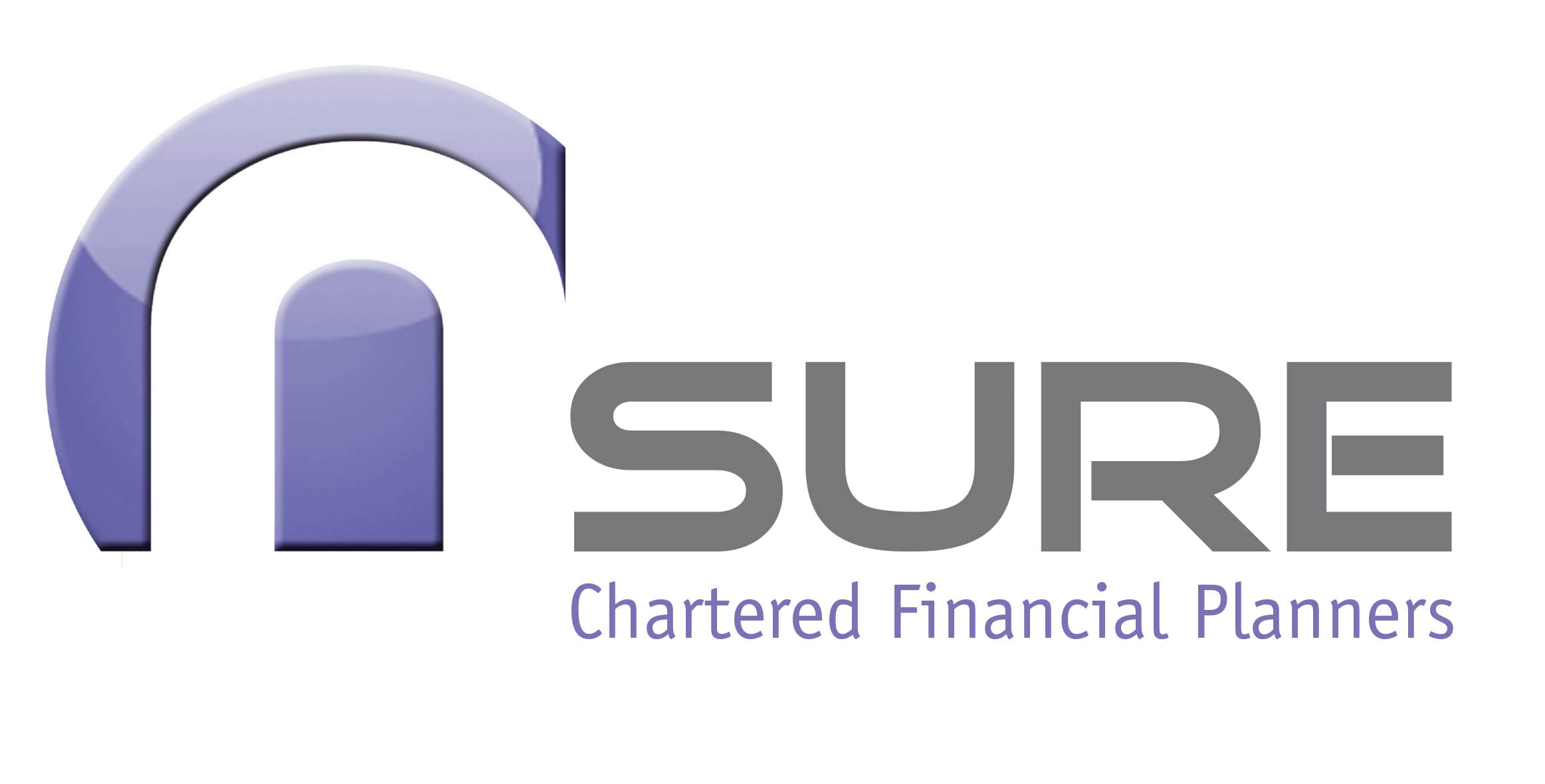Have you planned for your Retirement?
Your contributions and the funds you are invested in are key to the possible future benefits your pension will provide. Each individual has an annual pension allowance which is the maximum you can contribute into your pensions each tax year. Personal contributions benefit from receiving 20% tax relief from the Government, and higher rate and additional rate tax payers can claim further tax relief. Employers can also contribute into personal pensions for their employees. SIPPs and personal pensions allow individuals to make their own investment decisions, but investment options will vary between providers.
Private Pensions
You can set up a personal pension and make lump sum or monthly contributions to save for retirement. Personal contributions benefit from tax relief at source from the Government. The size of your retirement fund will depend on your contributions and the performance of the investments.
Workplace Pensions
Pensions set up by your employer can receive personal contributions and employer contributions. These could be set up through auto enrolment. Contributions can be paid by salary sacrifice which has tax advantages for both the individual and the employer. The performance of the investments and the contributions will determine the size of your fund at retirement.
The State Pension
This pension is paid by the Government when you reach State Pension age. Your State Pension age depends on when you were born. The amount of State Pension you will receive depends on how many ‘qualifying’ years of National Insurance contributions that you pay. You can obtain an estimate of your State Pension on the Government website.
Saving for your retirement?
Under current legislation you can take your pension benefits any time from age 55, although this minimum pension age will now be set at ten years below state pension age, so any increase in the state pension age means the minimum pension age will also increase. When you do decide to retire, you can use your personal pension to provide a flexible income via income drawdown or you can use it to buy an annuity, which is a guaranteed income for life. The State Pension is payable from State Pension age, which depends on when you were born. When you reach your State Pension age you need to contact the Government to claim your State Pension.
Self Invested Personal Pensions (SIPPs)
+ Details
A Self Invested Personal Pension (SIPP) is a type of personal pension that allows individuals to make their own investment decisions from a range of investments approved by HM Revenue and Customs (HMRC), including property and shares.
Flexible Income
+ Details
If your pension facilitates income drawdown, you can withdraw adhoc lump sums or set up a regular income from your pension fund. You have flexibility in increasing, decreasing or stopping your income payments at any time. You can usually withdraw 25% of your fund tax free, with the remainder being subject to income tax. Your pension fund will remain invested so has potential for investment growth, but it will be subject to investment risk which means your pension could run out during your lifetime if your withdrawals are high and if investment performance is poor.
Pension Annuity
+ Details
If you prefer the security of a guaranteed pension for life, you can use your pension fund to purchase an annuity with an insurance company. The income is guaranteed to be paid for life however once the annuity is set up you cannot make any changes to the income amount or frequency. You can opt to receive 25% of the fund value as a tax-free lump sum and the remainder of your pension fund is used to purchase the annuity. Annuity payments are subject to income tax. There is no investment risk or chance for investment growth once the annuity is set up as the pension fund is no longer invested.
Tax Efficiency
+ Details
Pensions are a very tax efficient way of saving for retirement. You receive tax relief on personal pension contributions and higher rate or additional rate taxpayers can claim additional tax relief. The money invested in the pension grows in a tax-free environment. When you access your pension benefits, you can receive 25% of the fund tax free and the remainder is subject to income tax.
